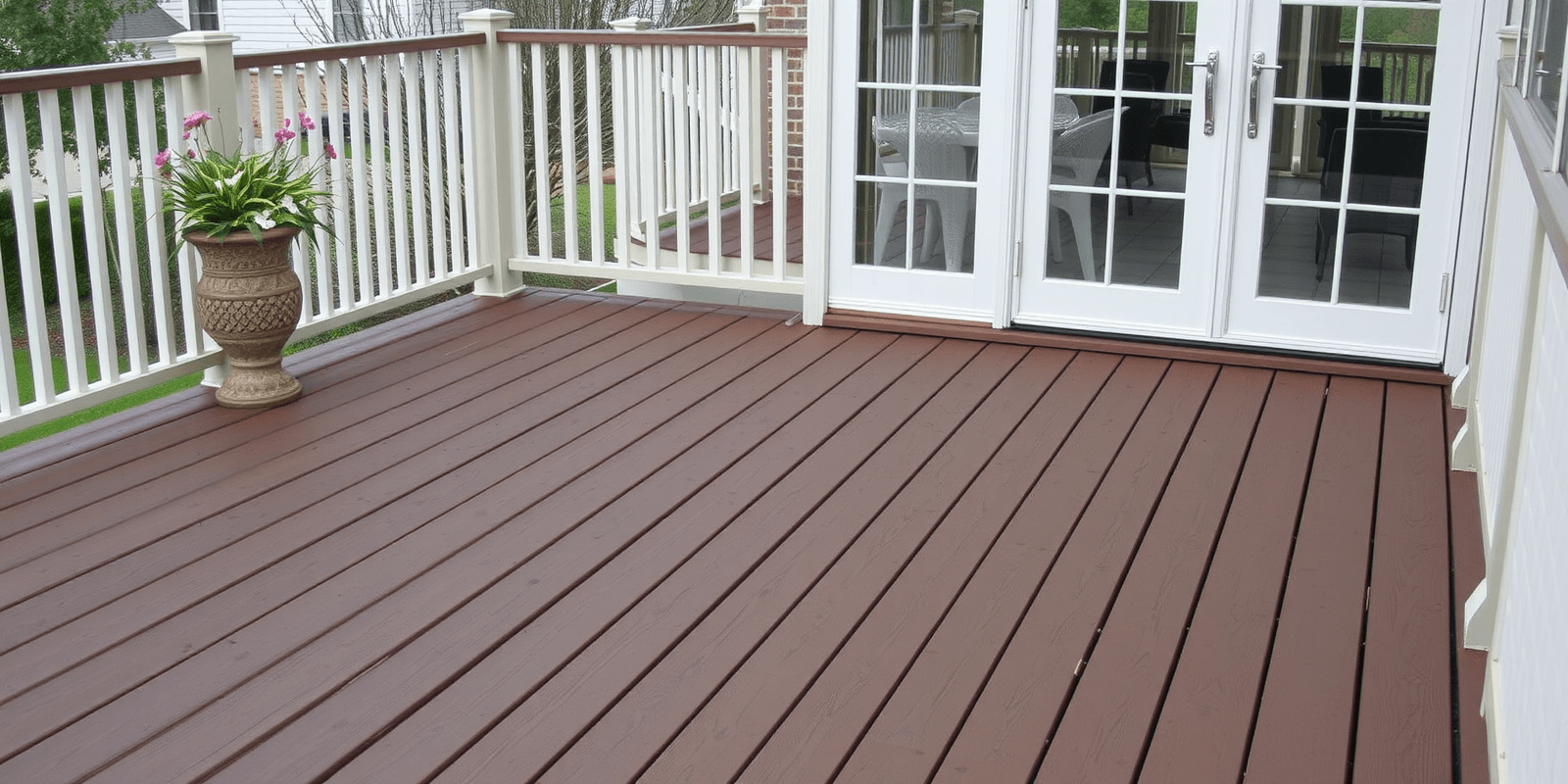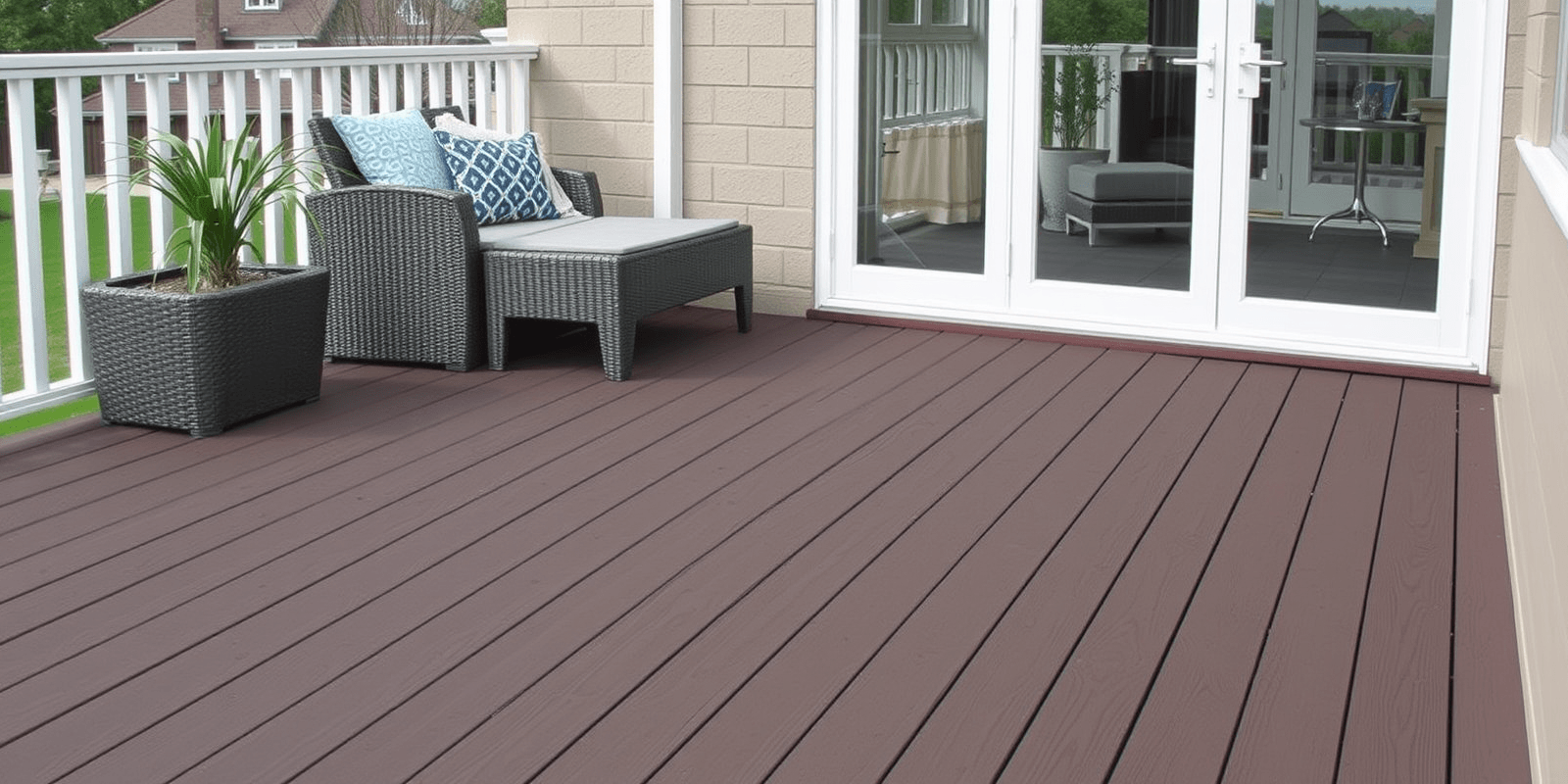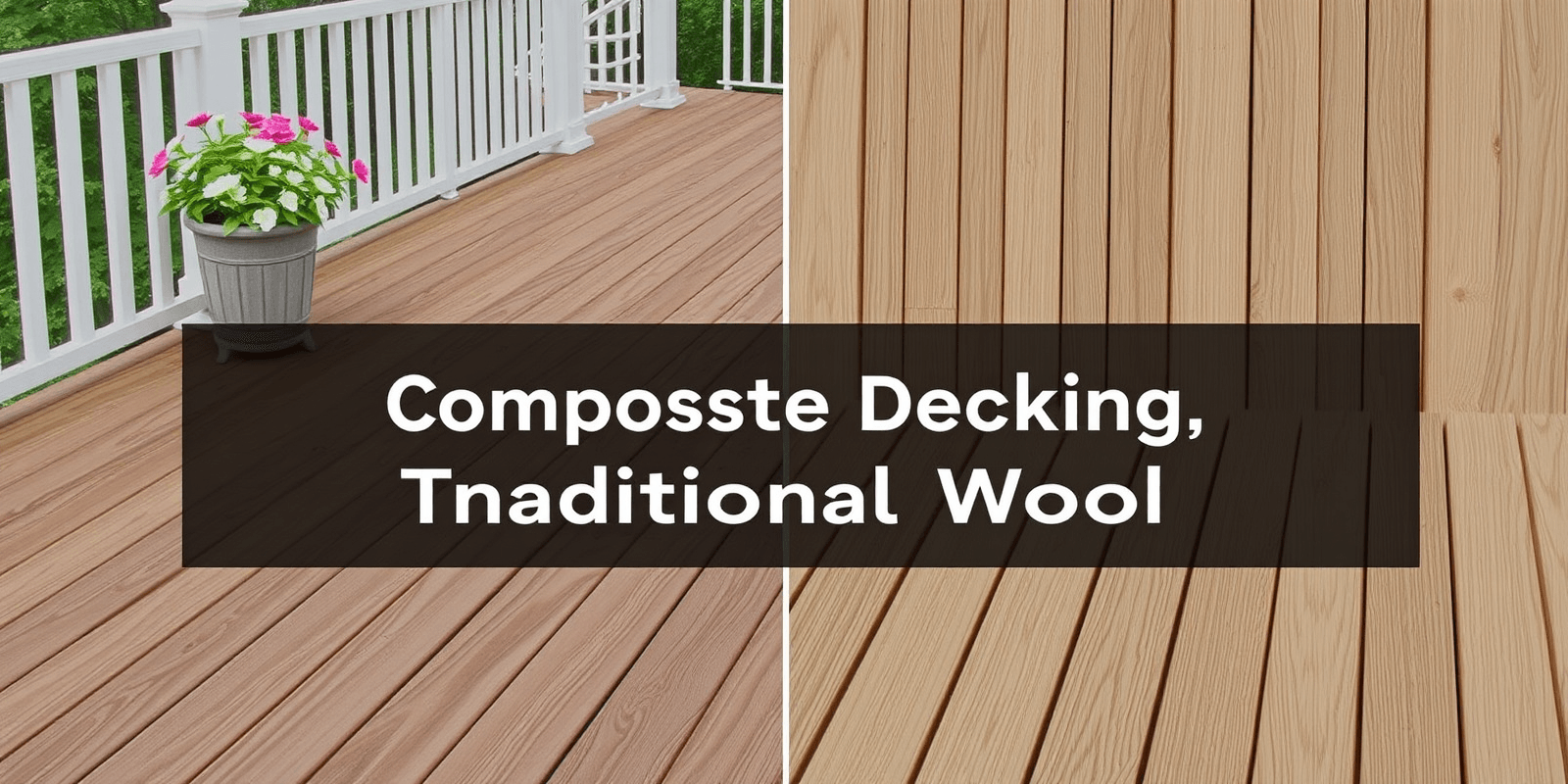composite wood decking
Introduction
In recent years, the demand for eco-friendly building materials has surged as people become more conscious about their environmental footprint. Composite wood decking is one such material that has gained popularity due to its numerous benefits over traditional wooden decks. This article will delve into the environmental benefits of composite wood decking, its resilience against weather conditions, and how it compares to traditional wooden decks in terms of longevity and maintenance requirements.
Environmental Benefits
Composite wood decking is made from a combination of recycled plastic and wood fibers, which makes it an environmentally friendly option. Unlike traditional wooden decks that require the harvesting of trees, composite decking reduces the demand for virgin timber. According to a study by the University of British Columbia, the use of recycled materials in composite decking can significantly reduce carbon emissions compared to conventional wood construction (Source: UBC Study on Composite Decking). Moreover, since composite materials are manufactured using less energy than processing natural wood, they contribute to lower greenhouse gas emissions throughout their lifecycle. Additionally, composite decking does not require regular treatments with chemicals like pressure-treated wood, reducing potential chemical runoff into the environment.
Resistance to Weather Conditions
One of the key advantages of composite wood decking is its ability to withstand harsh weather conditions without deteriorating. Traditional wooden decks often suffer from rot, mold, and insect damage when exposed to moisture, sunlight, and temperature fluctuations. In contrast, composite decking is highly resistant to these elements. The materials used in its production are designed to be non-porous, preventing water absorption and subsequent decay. Furthermore, composite decking is less prone to fading, warping, or cracking under extreme temperatures, making it a durable choice for outdoor spaces in various climates.
Longevity and Upkeep
When comparing composite wood decking to traditional wooden decks, the former offers superior longevity with minimal maintenance. While traditional decks may need annual staining or sealing to protect them from weather damage, composite decking requires little to no maintenance beyond occasional cleaning. This durability means that composite decks can last up to three times longer than their wooden counterparts, providing a cost-effective solution over time despite the initial higher investment. The reduced need for replacements and repairs translates into savings on both materials and labor costs, making composite decking a smart choice for homeowners looking for long-term value.
Conclusion
Composite wood decking stands out as a sustainable and practical alternative to traditional wooden decks. Its environmental benefits, coupled with its resilience to weather conditions and low maintenance requirements, make it an attractive option for modern home improvement projects. As awareness about sustainability grows, composite decking is likely to become even more prevalent, offering homeowners a way to enhance their outdoor living spaces while contributing positively to the environment.



